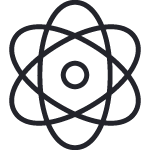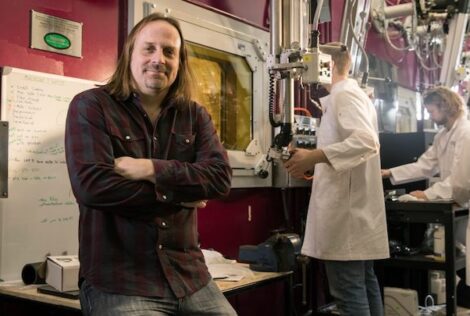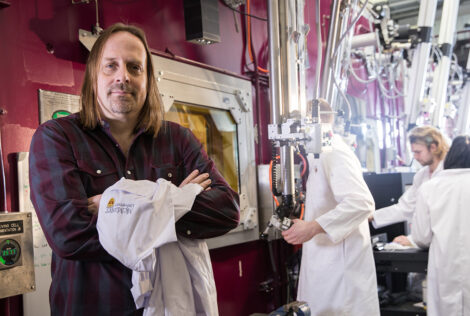
Expertise
Nuclear safety, reactor physics, thermalhydraulics, multiphysics reactor analysis, nuclear fuel and fuel cycles, severe accident modelling, emergency accident response and mitigation
Areas of Specialization
Research Clusters
Current status
-
Accepting graduate students
-
Professor and NSERC Industrial Research Chair
Engineering Physics
Overview
Currently Accepting Graduate Students
Small Modular Advanced Reactor Training (SMART) program
Research Interests
Nuclear Safety Analysis Methodology
Historically, Nuclear Safety Analysis has been performed using a large number of conservative simplifying assumptions with respect to operating conditions and modelling methodologies. Due to the varying degree of the conservatisms applied, most of which are often not quantifiable, it is impossible to determine the exact margins to safety limits. Safety Analysis and Risk Informed Decision (RID) making practices rely on accurate quantification of the impact of upgrades/refurbishment on safety margins.
With the advent of more realistic computational tools and detailed plant modelling, best estimate predictions of plant response are now possible. However, the accuracy of the tools and models becomes increasingly important since operating safety limits will be defined on these new methods. Advanced statistical analysis techniques (e.g., Best Estimate and Uncertainty, Extreme Value Behaviour, Maximum Likelihood Estimation, Multi-variate Response Surface Modelling) are focus research areas as they provide accurate and sufficiently safe estimates of the margin to safety. Furthermore, the application of large-scale parallel processing in Safety Analysis and uncertainty assessments will also be pioneered as part of this research program.
Nuclear Safety Thermalhydraulics and Modelling
The most probable accident sequences that may lead to potential fuel failures due to overheating are:
- loss of power to the main heat transport system and the subsequent reduction in forced convective cooling of the fuel,
- changes in coolant conditions due to depressurization transients as a result of pipe breaks in the pressurized systems,
- increases in fission power due to failure of the control programs/equipment.
For these scenarios, as cooling degrades, vapour formation around the fuel may limit heat transfer (i.e., post-dryout heat transfer regime). If the heat removal process degrades sufficiently, the associated fuel temperature increase may result in failure of the fuel (due to fuel or sheath melting), failure of the fuel bundle structure (at weld or brazing locations), or failure of the bundle due to excessive thermo-mechanically induced stresses. The focus areas of this research program involve both theoretical and experimental programs aimed at improved predictions in Safety Analysis.
Predictions of fuel temperatures and potential fuel failures rely on accurate understanding of the boiling phenomena which take place at the fuel-liquid interface. Due to the complexity of the phenomena, empirical correlations of experimental data are often employed directly in accident analysis. The application of these correlations to reactor conditions beyond those in the experimental program (either due to long term systematic effects like materials aging, or acute affects such as those arising from the accident) leads to increased uncertainty in these predictions. A focus of this research program will be to develop mechanistically based methodologies that can provide more accurate predictions of margin for aged reactor cores, and allow for the quantification of uncertainties.
In support of the above, experimental studies are required to identify and quantify the interaction of the key phenomena which dictate fuel to coolant heat transfer. These include macroscopic effects such as two-phase flow regime, liquid entrainment and turbulent sub-channel interactions as well as microscopic effects including bubble nucleation, liquid evaporation and thin liquid film behavior. Experimental measurements are planned which cover flow regime transitions, vapour formation and fuel geometry effects in order to improve the understanding of these phenomena and how they relate to modeling of heat transfer during accident scenarios.










